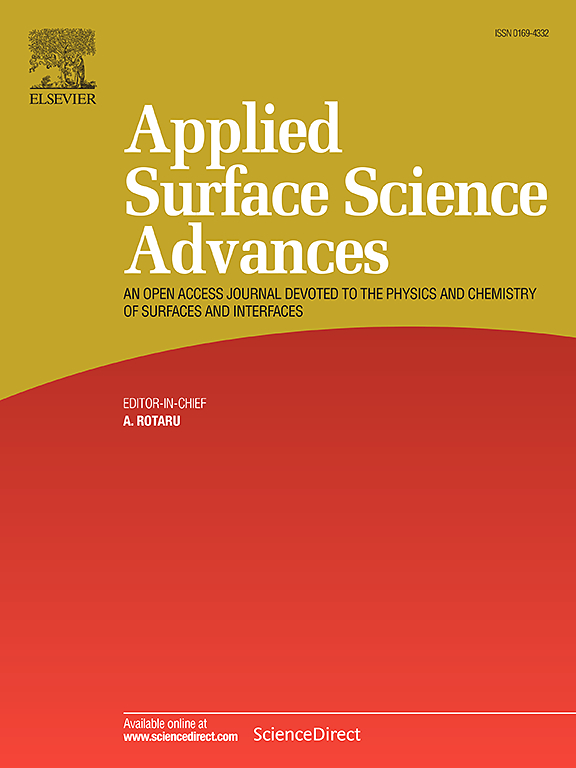Unraveling the role of sponge matrix in the design of a 3D nature-inspired TiO2-based photocatalyst for ketoprofen removal from wastewater
IF 8.7
Q1 CHEMISTRY, PHYSICAL
引用次数: 0
Abstract
Despite growing interest in bioinspired photocatalytic systems, the influence of natural sponge-derived scaffolds on TiO2-based photocatalyst performance has not been comprehensively investigated. This study investigates the influence of four biomimetic scaffolds—marine sponge, Luffa cylindrica, silk, and konjac—on the physicochemical and photocatalytic properties of TiO2-based composites designed for the removal of ketoprofen from wastewater. A one-step immobilization procedure was employed to deposit TiO2 nanoparticles onto pretreated natural matrices, yielding structurally stable and porous three-dimensional photocatalysts. Comprehensive material characterization confirmed the formation of TiO2 with uniform surface distribution and preserved scaffold morphology. The materials were evaluated under UV-A LED irradiation in both model and real conditions. Photocatalytic degradation followed pseudo-first-order kinetics, with the marine sponge-based composite (MS_TiO2) exhibiting the highest performance (up to 90 % removal efficiency), attributed to its high porosity, improved light penetration, and effective charge separation. Interestingly, surface Ti content did not correlate directly with activity, underscoring the significance of oxide dispersion and accessibility over total loading. The degradation pathway of ketoprofen was elucidated using ESI-MS, while ecotoxicity of intermediates was assessed via ECOSAR modeling, indicating progressive detoxification. Reusability tests confirmed long-term stability of the MS_TiO2 system. The findings demonstrate that scaffold selection critically affects photocatalyst architecture and performance, offering a rational route toward scalable, sustainable materials for pharmaceutical removal in wastewater treatment.
揭示海绵基质在设计3D自然启发的二氧化钛基光催化剂中的作用,用于从废水中去除酮洛芬
尽管人们对生物激发光催化系统越来越感兴趣,但天然海绵衍生支架对二氧化钛基光催化剂性能的影响尚未得到全面研究。研究了海绵、丝瓜、蚕丝和魔芋四种仿生支架对二氧化钛基复合材料去除废水中酮洛芬的理化和光催化性能的影响。采用一步固定化工艺将TiO2纳米颗粒沉积在预处理过的天然基质上,制备了结构稳定、多孔的三维光催化剂。综合材料表征证实形成的TiO2表面分布均匀,支架形态保存完好。在模型和实际条件下对材料进行了紫外- a LED照射评价。光催化降解遵循准一级动力学,海洋海绵基复合材料(MS_TiO2)表现出最高的性能(高达90%的去除效率),这归功于其高孔隙率、改善的透光性和有效的电荷分离。有趣的是,表面Ti含量与活性没有直接相关,这强调了氧化物分散和可及性对总负载的重要性。利用ESI-MS分析了酮洛芬的降解途径,并通过ECOSAR模型对中间体的生态毒性进行了评估,结果表明酮洛芬的解毒作用是渐进的。可重用性测试证实了MS_TiO2体系的长期稳定性。研究结果表明,支架的选择严重影响光催化剂的结构和性能,为废水处理中药物去除的可扩展、可持续材料提供了合理的途径。
本文章由计算机程序翻译,如有差异,请以英文原文为准。
求助全文
约1分钟内获得全文
求助全文

 求助内容:
求助内容: 应助结果提醒方式:
应助结果提醒方式:


